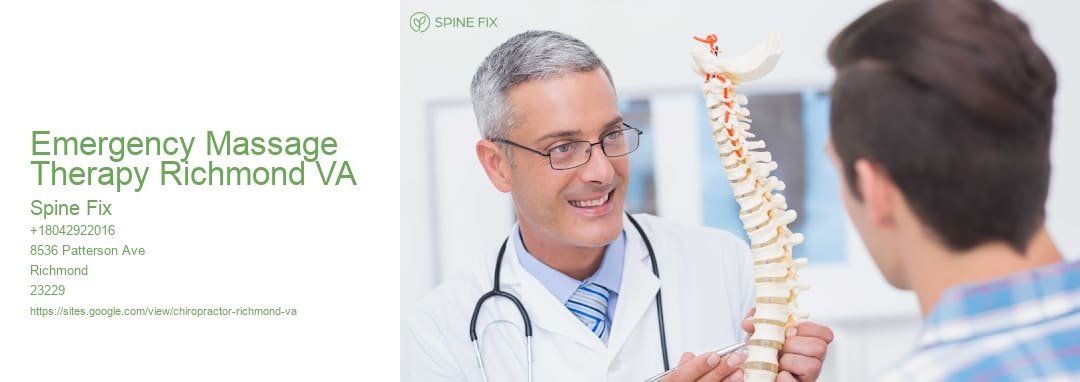Reduced neck and back pain or lumbago is a common condition including the muscle mass, nerves, and bones of the back, in between the lower side of the ribs and the reduced fold of the buttocks. Pain can vary from a plain constant pains to an unexpected sharp feeling. Low neck and back pain may be classified by period as acute (discomfort long lasting less than 6 weeks), sub-chronic (6 to 12 weeks), or chronic (greater than 12 weeks). The problem may be more categorized by the underlying reason as either mechanical, non-mechanical, or referred pain. The symptoms of low back pain normally enhance within a couple of weeks from the moment they start, with 40–-- 90% of people recovered by 6 weeks. In many episodes of low back pain a details underlying cause is not determined or perhaps tried to find, with the pain thought to be as a result of mechanical problems such as muscle mass or joint strain. If the pain does not vanish with conventional therapy or if it is gone along with by "warnings" such as unusual weight loss, fever, or significant problems with feeling or activity, more screening might be needed to look for a significant underlying trouble. For the most part, imaging tools such as X-ray computed tomography are not useful or recommended for low neck and back pain that lasts much less than 6 weeks (without any warnings) and bring their own threats. Regardless of this, making use of imaging in reduced pain in the back has actually boosted. Some reduced neck and back pain is caused by damaged intervertebral discs, and the straight leg increase examination works to determine this reason. In those with persistent pain, the pain processing system may malfunction, triggering huge quantities of pain in response to non-serious occasions. Chronic non-specific reduced back pain (CNSLBP) is a highly prevalent bone and joint problem that not only influences the body, but additionally an individual's social and financial standing. It would certainly be greatly beneficial for people with CNSLBP to be evaluated for genetic issues, unhealthy way of livings and practices, and psychosocial aspects in addition to musculoskeletal issues. Persistent reduced back pain is defined as back pain that lasts greater than 3 months. The symptoms of reduced back pain normally boost within a couple of weeks from the time they start, with 40–-- 90% of people recuperated by six weeks. Typical activity should be continued as high as the discomfort allows. Initial administration with non-medication based therapies is advised. Non–-- medication based treatments consist of superficial warmth, massage, acupuncture, or spine manipulation. If these are not completely efficient, NSAIDs are suggested. A variety of other choices are offered for those who do not improve with typical therapy. Opioids might be useful if basic pain drugs are not nearly enough, but they are not usually recommended due to adverse effects, including high rates of dependency, unexpected overdose and fatality. Surgical procedure may be useful for those with disc-related chronic pain and special needs or spinal stenosis. No clear advantage of surgical treatment has been located for various other situations of non-specific reduced pain in the back. Low back pain frequently influences mood, which may be boosted by counseling or antidepressants. In addition, there are lots of natural medicine treatments, yet there is insufficient proof to suggest them with confidence. The proof for chiropractic treatment and spine manipulation is mixed. Roughly 9–-- 12% of people (632 million) have low neck and back pain at any given time, and nearly 25% record having it at some point over any one-month duration.Regarding 40% of people have low back pain at some point in their lives, with price quotes as high as 80% among people in the developed world. Reduced neck and back pain is the best contributor to shed performance, absenteeism, special needs and early retirement worldwide. Difficulty with low back pain most often starts in between 20 and 40 years old. Females and older people have greater estimated rates of lower neck and back pain and also higher impairment quotes. Reduced neck and back pain is much more usual amongst people aged in between 40 and 80 years, with the general number of individuals impacted anticipated to boost as the population ages. According to the World Health Company in 2023, lower pain in the back is the leading medical problem globally from which one of the most variety of individuals worldwide can take advantage of improved rehab.
.



